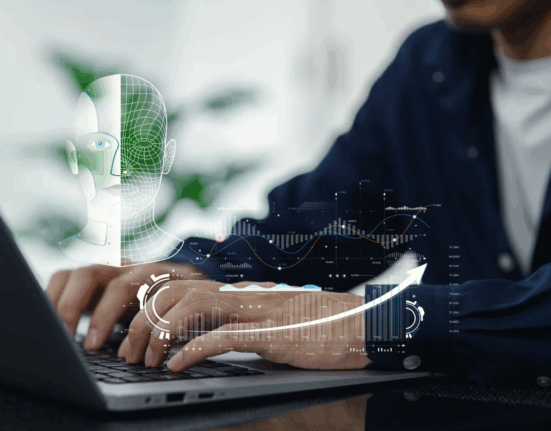Introduction: Why Security Needs an Upgrade
Security threats are becoming more complex every day. Legacy systems can only do so much, and human monitoring has its limits. Computer vision security upgrades bring AI-powered intelligence to surveillance systems, making them faster, smarter, and more reliable.
What Is Computer Vision Security?
Computer vision security uses AI to analyze video feeds, detect anomalies, and automate decision-making in real time. By upgrading existing systems, organizations improve threat detection and response.
Benefits of Computer Vision Security Upgrades
1. Improved Accuracy
AI reduces false alarms and detects threats with higher precision.
2. Real-Time Monitoring
Systems send instant alerts for faster responses.
3. Cost Savings
Upgrades extend the life of existing cameras and infrastructure.
4. Scalable Solutions
Computer vision adapts to organizations of any size.
Applications of Computer Vision Security
- Anomaly Detection: Spotting unusual behavior in real time.
- Facial Recognition: Controlling access to secure areas.
- License Plate Recognition: Managing traffic and parking.
- Crowd Monitoring: Enhancing safety in public spaces.
- Healthcare Facilities: Protecting patients and sensitive environments.
Challenges in Implementing Security Upgrades
Compatibility Issues
Older cameras may not support advanced AI processing.
Privacy Concerns
Strict compliance with data protection regulations is critical.
High Initial Costs
Hardware, software, and training require upfront investment.
Staff Training
Employees need support to manage upgraded systems effectively.
Steps to Upgrade Security Systems with Computer Vision
1. Audit Existing Infrastructure
Identify hardware and software that can be upgraded.
2. Define Security Goals
Choose use cases such as anomaly detection, access control, or traffic monitoring.
3. Select Integration Tools
Use frameworks like OpenCV or vendor APIs for smooth upgrades.
4. Choose Between Edge and Cloud AI
Edge devices allow local processing, while cloud solutions provide scalability.
5. Pilot and Scale
Test upgrades in a small environment before full deployment.
Case Study: Retail Security Upgrade
A retail chain upgraded its CCTV with computer vision for anomaly detection. Theft incidents dropped by 30% within six months, and response times improved.
Case Study: Hospital Security Enhancement
A hospital integrated AI-powered surveillance to monitor restricted zones. The system automatically flagged unauthorized entries, improving patient safety.
Future Trends in Computer Vision Security
AI at the Edge
Processing data on-site for faster response times.
Explainable AI
Providing transparency behind security alerts.
Integration with IoT
Linking cameras, sensors, and alarms for complete security ecosystems.
Predictive Security
Using AI to forecast threats before they happen.
Best Practices for Successful Security Upgrades
- Partner with experienced AI security vendors.
- Ensure compliance with privacy laws.
- Train employees on new workflows.
- Continuously monitor and refine systems.
Conclusion: Smarter Security with Computer Vision
Computer vision security upgrades provide the intelligence needed to face today’s challenges. By enhancing existing systems, organizations achieve greater accuracy, faster response times, and stronger protection — all while future-proofing their security.
FAQ
1. What is computer vision security?
It’s the use of AI to analyze video feeds and improve threat detection.
2. Why should organizations upgrade with computer vision?
Upgrades increase accuracy, reduce false alarms, and improve efficiency.
3. What are common applications of computer vision in security?
Anomaly detection, facial recognition, license plate tracking, and crowd monitoring.
4. What challenges come with computer vision upgrades?
Compatibility, privacy, upfront costs, and staff training.
5. What future trends shape computer vision security?
Edge AI, explainable AI, IoT integration, and predictive security.








